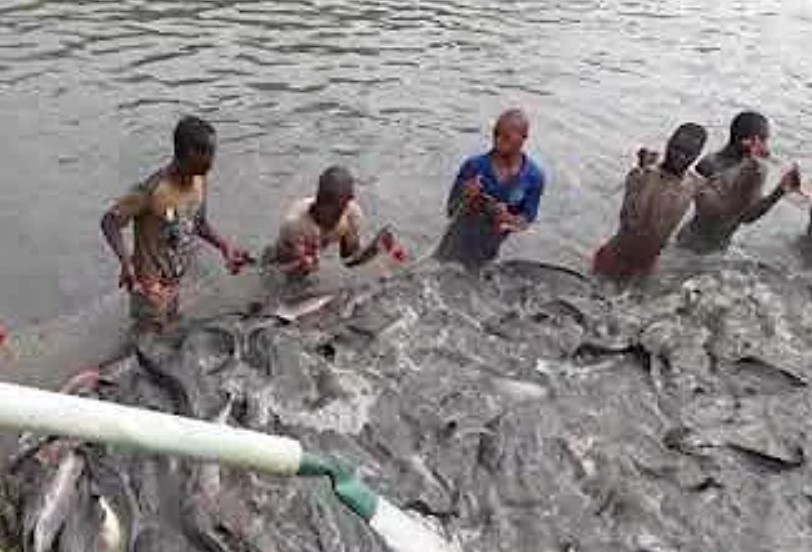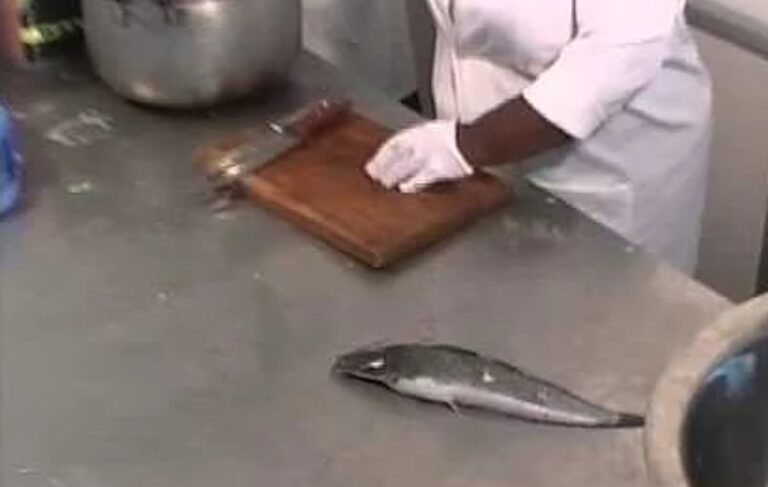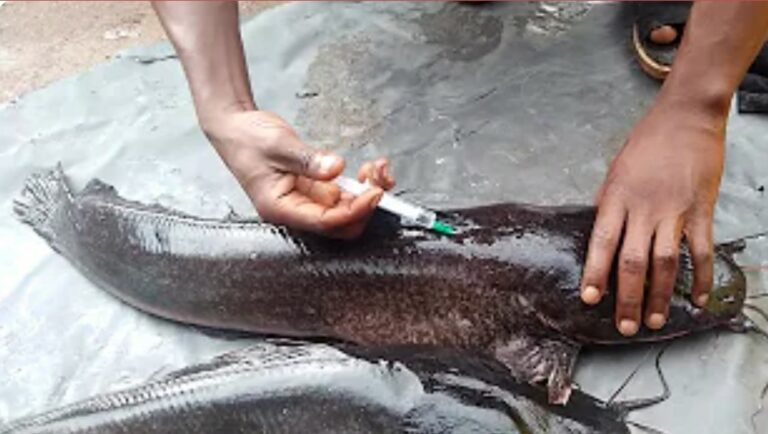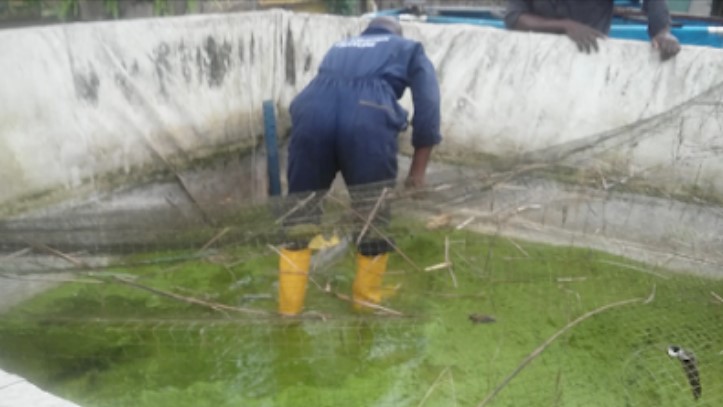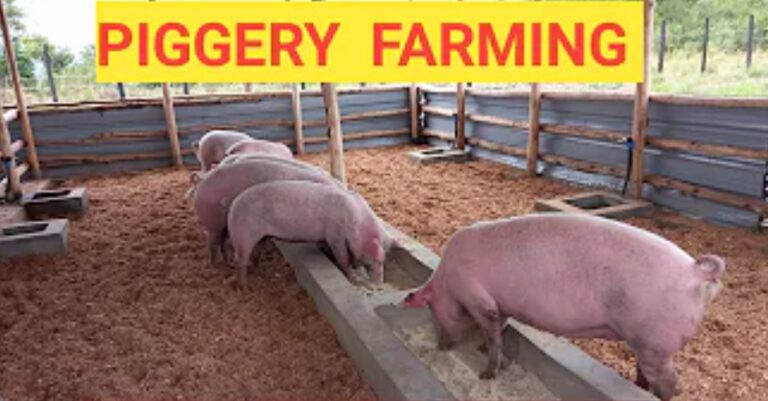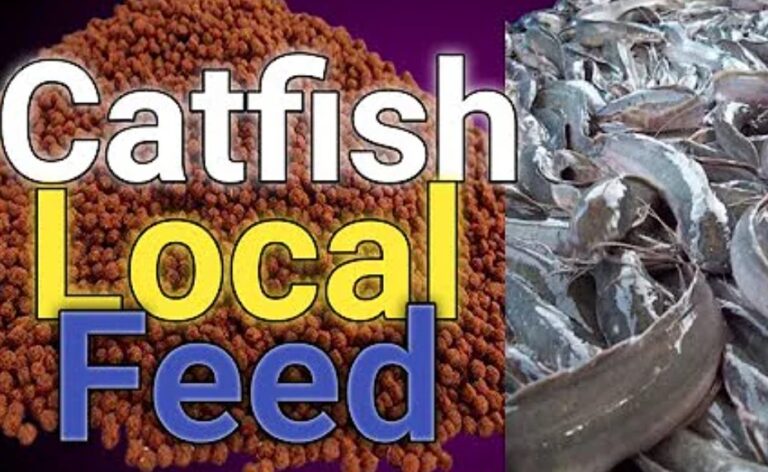Aquaculture: Management Techniques and Types of Fish Farming
What is Aquaculture
Aquaculture is the practice of farming aquatic organisms such as fish, crustaceans, molluscs, and aquatic plants under controlled conditions. It involves the cultivation, rearing, and harvesting of aquatic animals and plants in both freshwater and marine environments.
Aquaculture can be done in various types of systems including ponds, tanks, cages, and raceways. The purpose of aquaculture is to produce seafood for human consumption, stock enhancement, restoration of endangered species, and conservation of aquatic resources.
Aquaculture is an important industry globally, as it provides a source of high-quality protein and creates job opportunities. It also has the potential to reduce the pressure on wild fish populations, promote sustainable seafood production, and enhance food security.
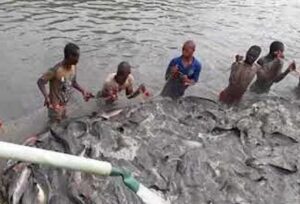
The culture of fish dates back over 4000 years in S. E. Asia and entails a lot of diverse practices.
Types of Aquaculture/ Fish Farming
The grouping of types of aquaculture/ fish farming I’d filled with many considerations. When considered based on the aquatic environment used, aquaculture/ fish farming can be grouped as saltwater aquaculture (mariculture) brackish aquaculture (i.e. lagoon aquaculture), and freshwater aquaculture ( in rivers, streams, and lakes in the inland). Based on the species combinations, aquaculture can be grouped ad monoculture and polyculture. Also, based on the scale of production, aquaculture can be grouped as homestead/ backyard aquaculture.
However, for convenience, aquaculture can be grouped as:
- Extensive aquaculture/ fish farming
- Semi-intensive aquaculture/ fish farming
- Intensive aquaculture
1. Extensive Aquaculture/ fish farming
Here, fish species used can be monoculture or polyculture. Aquaculture in an extensive system relies on naturally available food in the pond and as such the farmer does not engage in supplemental feeding. A typical extensive fish farming system has low stocking density, longer cropping time, and relatively low fish output. The former had very minimal input such as the addition of fertilizer to stimulate the growth of natural food but never the addition or use of supplemental feed sizes in an extensive system are usually very large with very little labour requirement
2. Semi-intensive Aquaculture/ Fish Farming
In this system, the stocking densities are higher than that of the extensive system and the use of supplemental feeding is obtainable. Semi-intensive systems also use a moderate level of input and its fish out is relatively higher than that of extensive systems. Fertilizer and/or supplemental feeding is used in Semi-intensive aquaculture. Fish health and pond water quality management are obtainable in intensive systems. Pond sizes are made into manageable sizes.
3. Intensive Aquaculture system
These systems require a high level of management input. The stocking rate is optimal with a relatively very high yield. Intensive aquaculture uses the highest level of management input and with high control culture environment and stock.
Aquaculture environment and stock.
Aquaculture/ Fish Farming Management Techniques:
The management of aquaculture is entitled to the management of fish stock, water culture environment, and other ecological variables. In all, aquaculture/ fish farming management techniques involve all duties which are required for a successful and sustainable fish farm operation. These techniques include;
1. Fish stock management :
The fish species used for aquaculture include;
Clarias gariepinus (African sharp-tooth catfish)
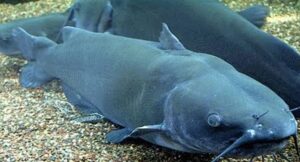
Heterobranchus bidorsalis
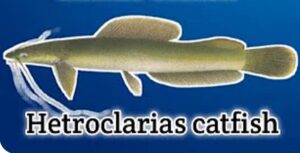
Cyprinus carpio
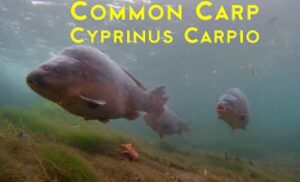
Oreochromis niloticus

Gymnarchus niloticus
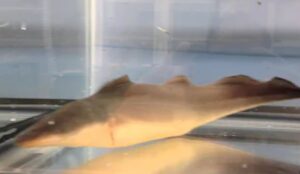
Heterotis niloticus (African arowana or Nile arowana)
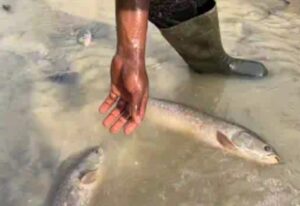
Several factors qualify a species for culture, these include the ability to accept man-made diets, rapid growth, serval in captivity, and cultural accept the ability to reproduce in captivity. Other things considered in fish stock management in aquaculture Include:
- stock assessment
- feed and feeding
- stock selection
- stocking density
2. Pond design, construction, and management:
The choice of design and construction of an enclosure for the culture of fish is affected by many factors namely: soil type/ suitability, water quality, accessibility, proximity to the market, capital, and infrastructure among others.
With a clear idea of the above factors fish ponds can be classified into two major types, namely:
- Geophores and
- Aquaphores
Geophore:
These are those fish enclosures that are fully or partially landborne e.g.: earth ponds, concrete ponds, etc.
Aquaphor:
These are fish enclosures that are fully or partially water – bone e.g.: pens, fish cages, fish pots, etc.
